INFOS & SERVICE
OUR OTHER WEBSITES
Arrive in Lhasa
Welcome in Tibet – the roof of the world
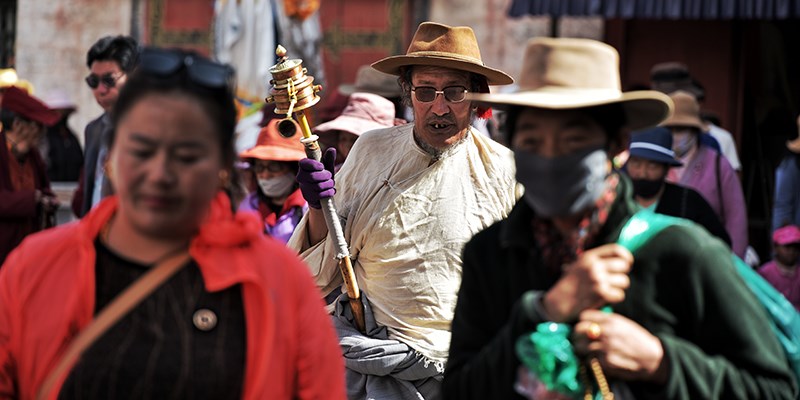
Lhasa
Potala Palace – landmark of Lhasa, Jokhang and Barkhor Street

Lhasa
Panoramic view over Potala, Norbulingka, Debate in Sera
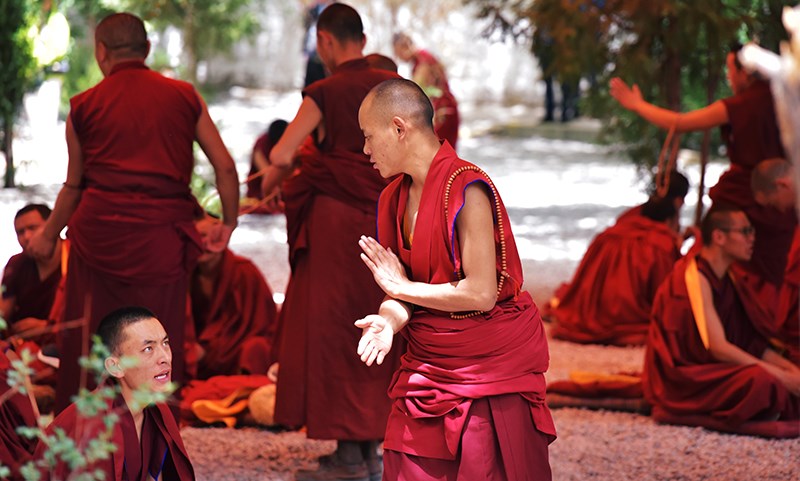
Lhasa – Gyantse – Shigatse
Karo La Pass and Glacier, holy lake Yamdrok, Palkhor with Pagoda Kumbum
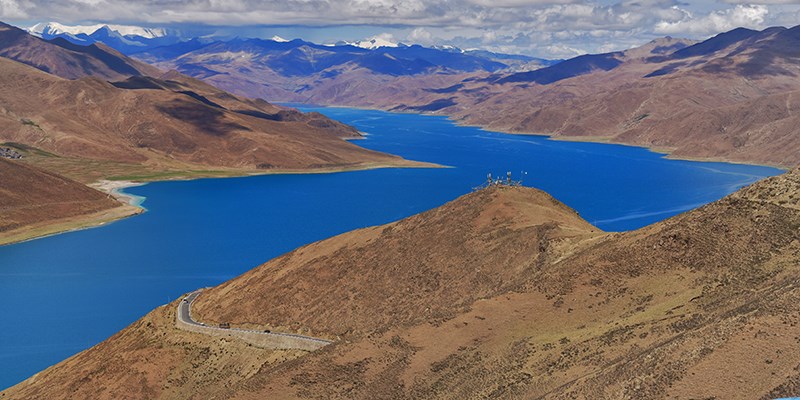
Shigatse – Lhasa
Tashilunpo Monastery

Lhasa – Ganden - Hepu. Trekking Hepu - Yama Do
Visit Gandan Monastery. Short trekking from Hepu to the first campsite
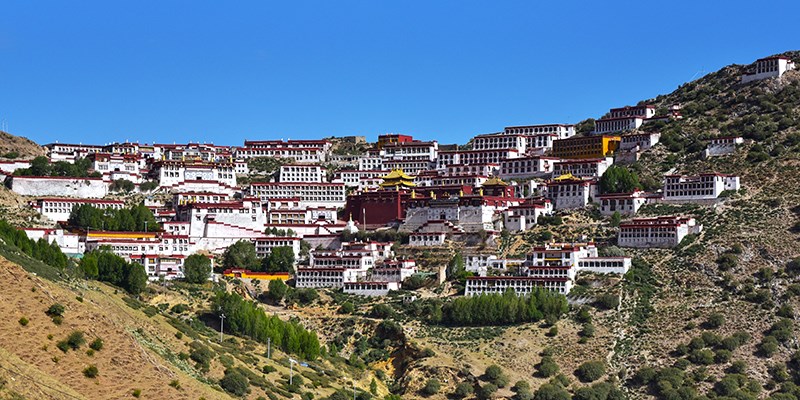
Trekking Yama Do - Tsotup Chu Valley
Today‘s highest point Shug-la (5284 m)
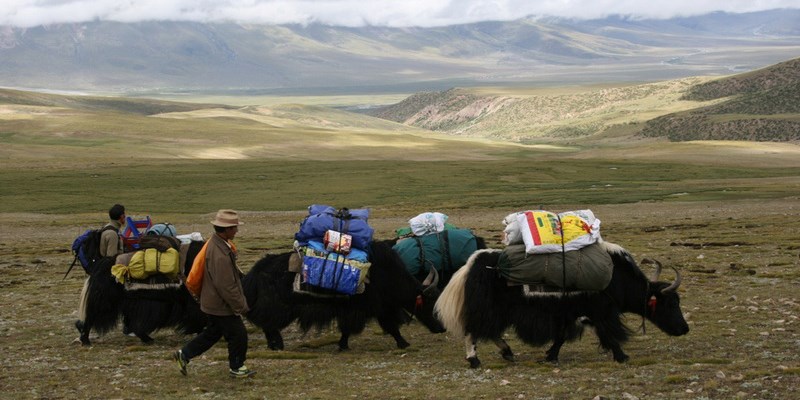
Trekking Tsotup Chu Valley - Herders‘ Camp after Chitu La
Today‘s highest point Chitu La (5090 m)
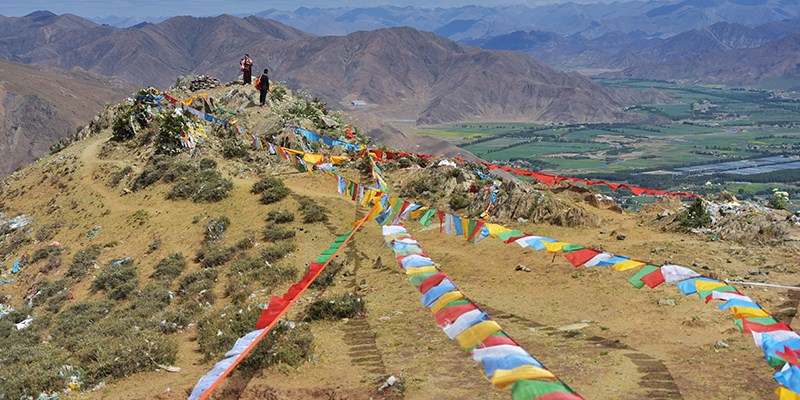
Trekking Herders‘ Camp after Chitu La - Yamalung Hermitage. Drive to Tsetang
Yamalung Hermitage. Samye Monastery and Yongbulakhang Palace
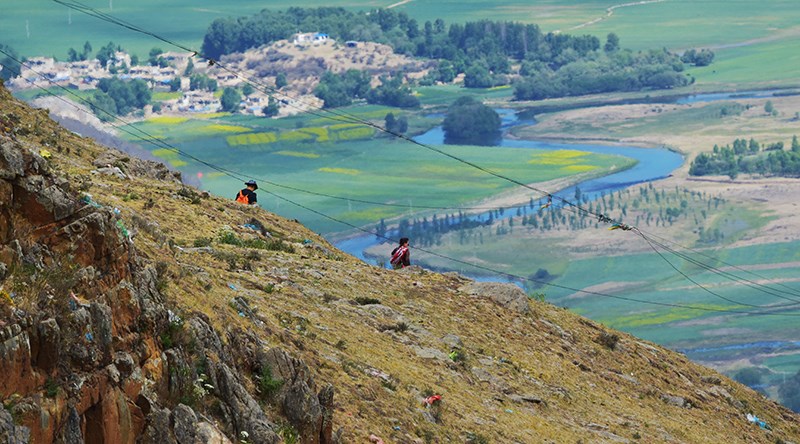
Tsetang - Gongga Airport
Travel to next destination
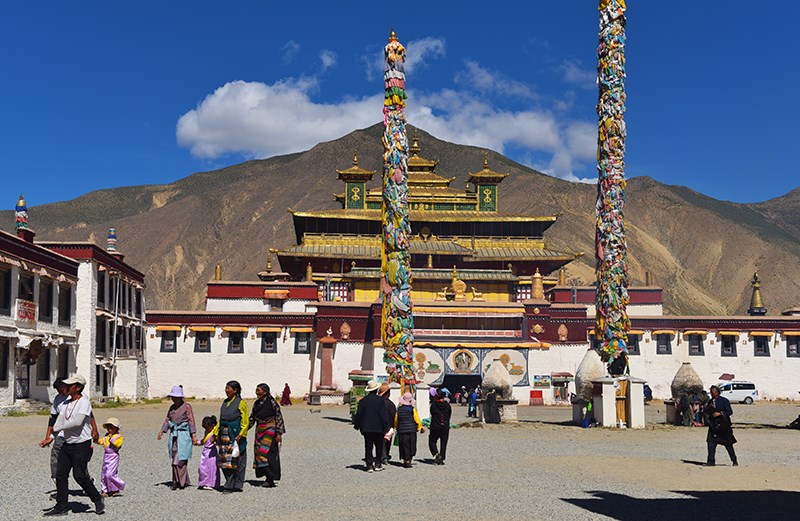
Private travel, great experiences! Please contact us for your tailor-made travel offer.
With individual China Tibet travel, you can decide when, where and how you go on tour by yourself. What's more, you can choose the length of travel and whom you go with.